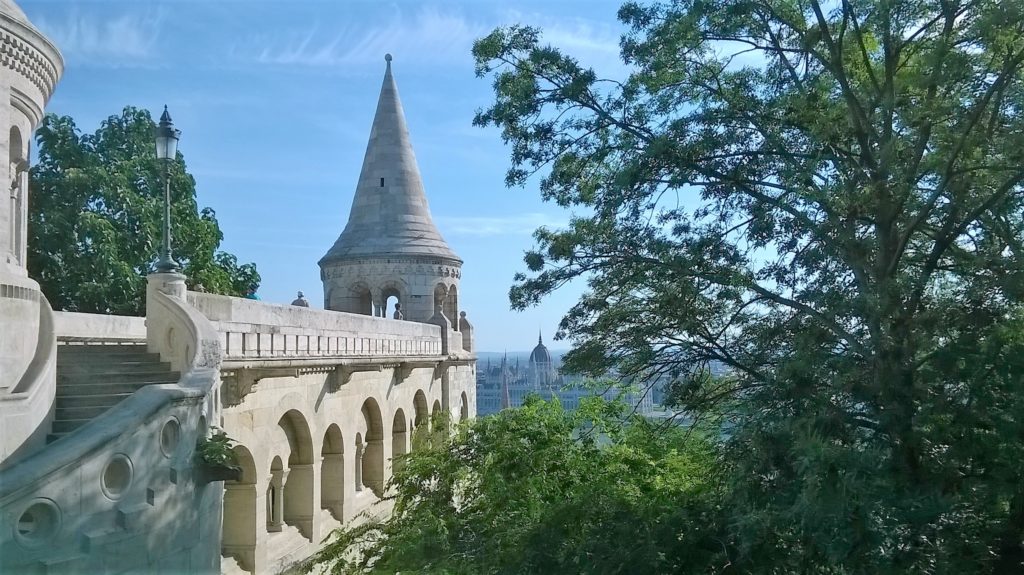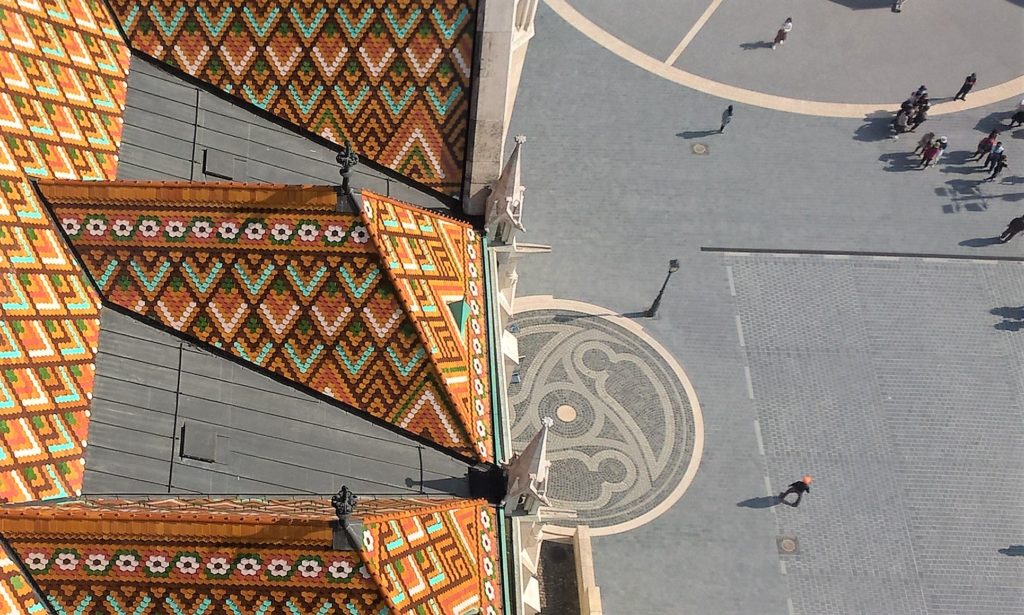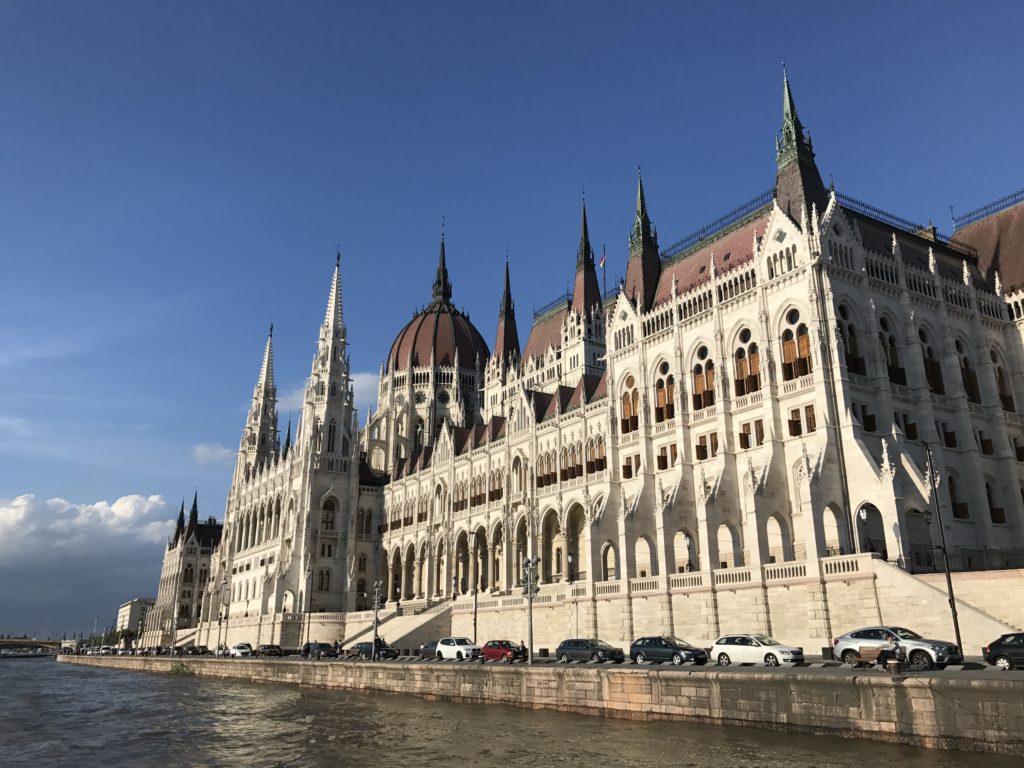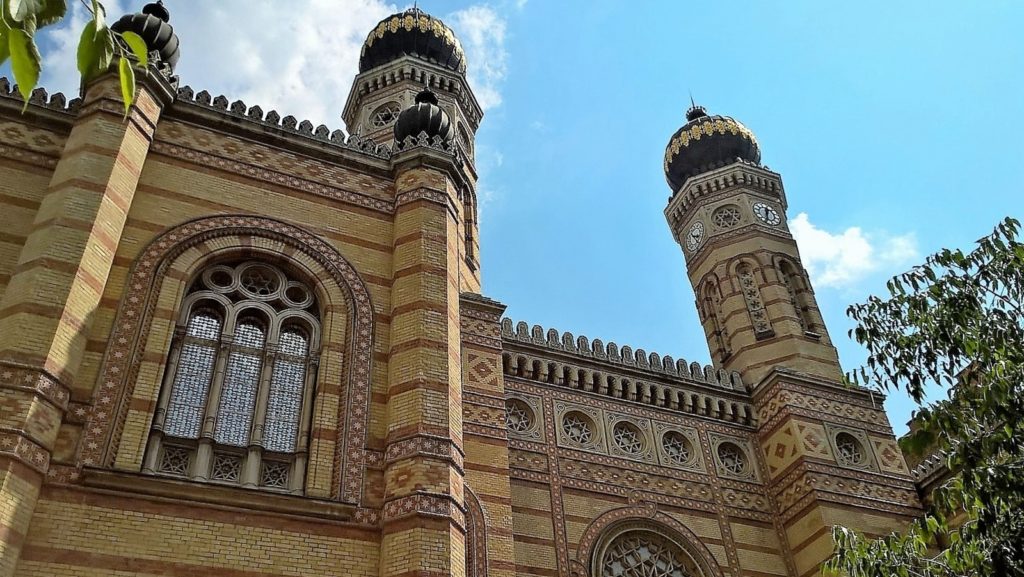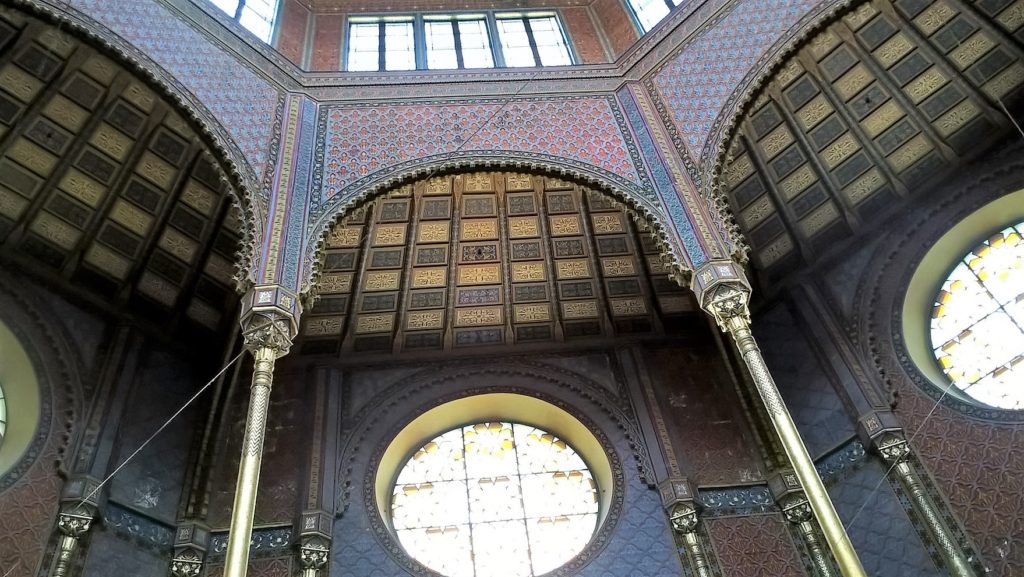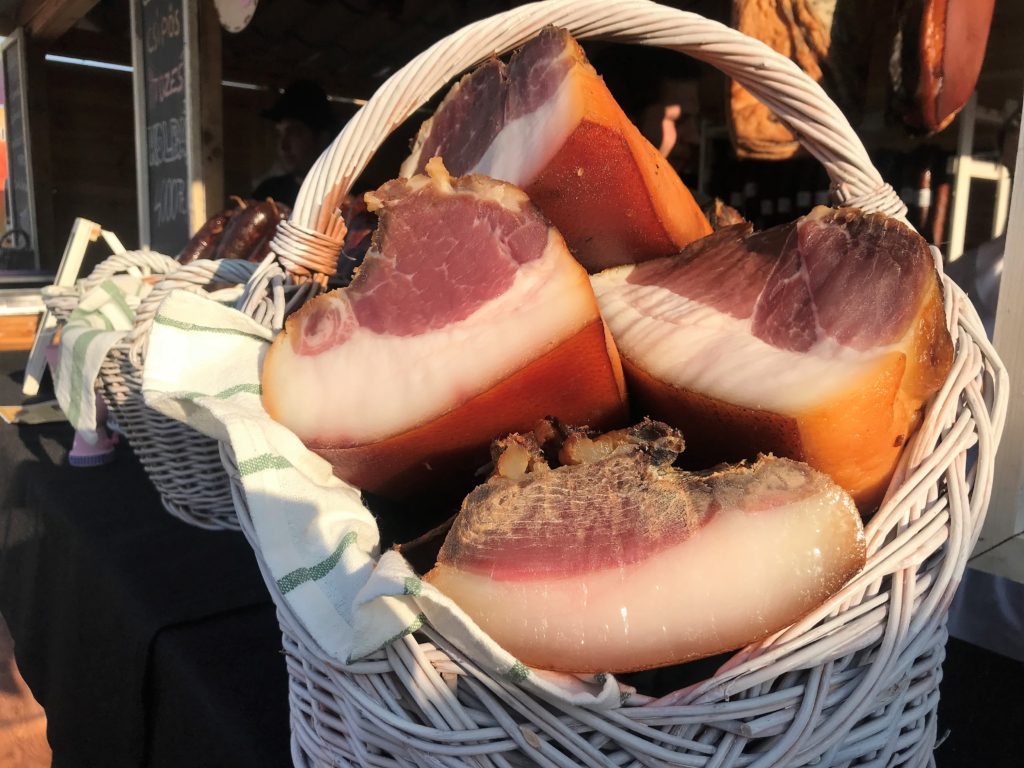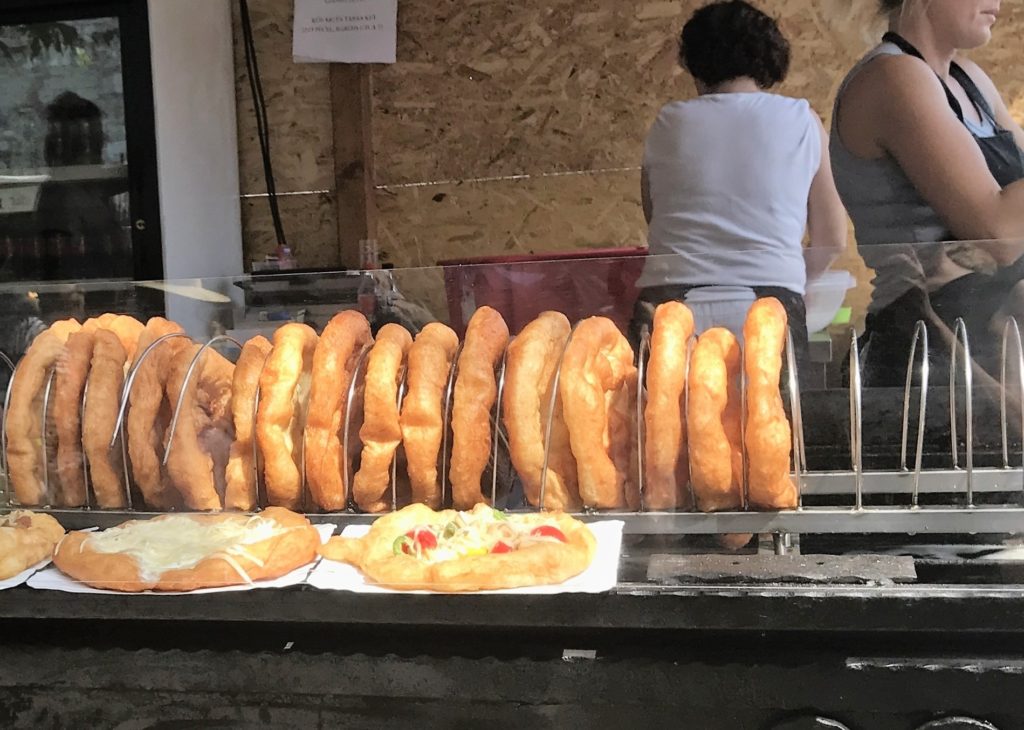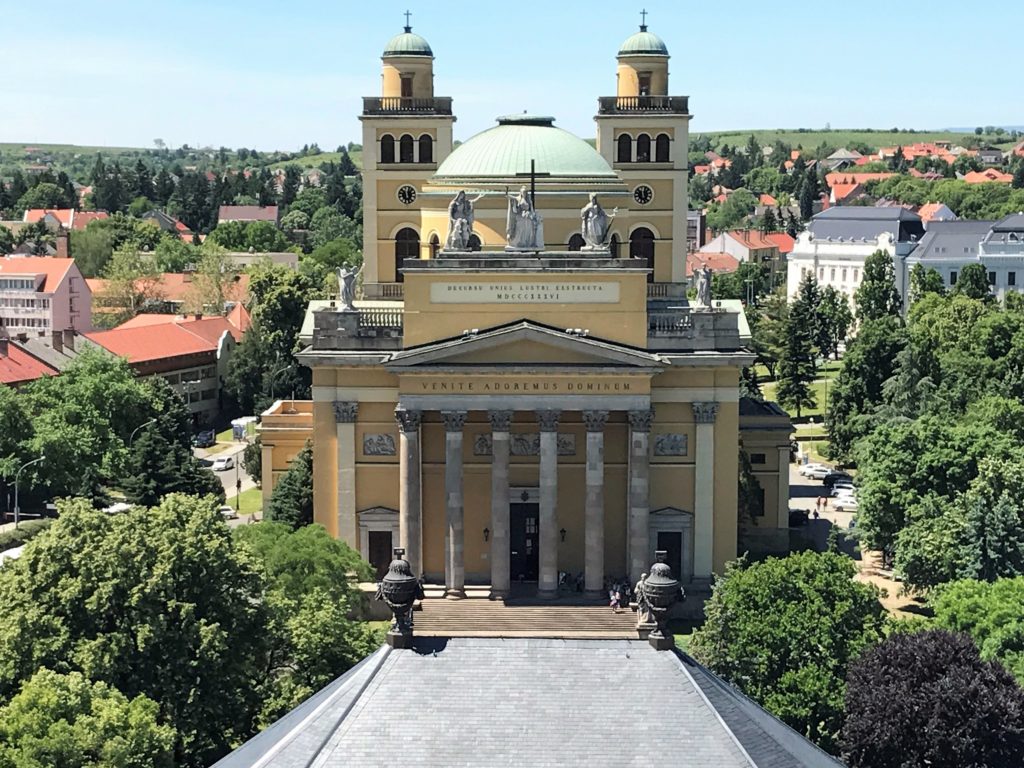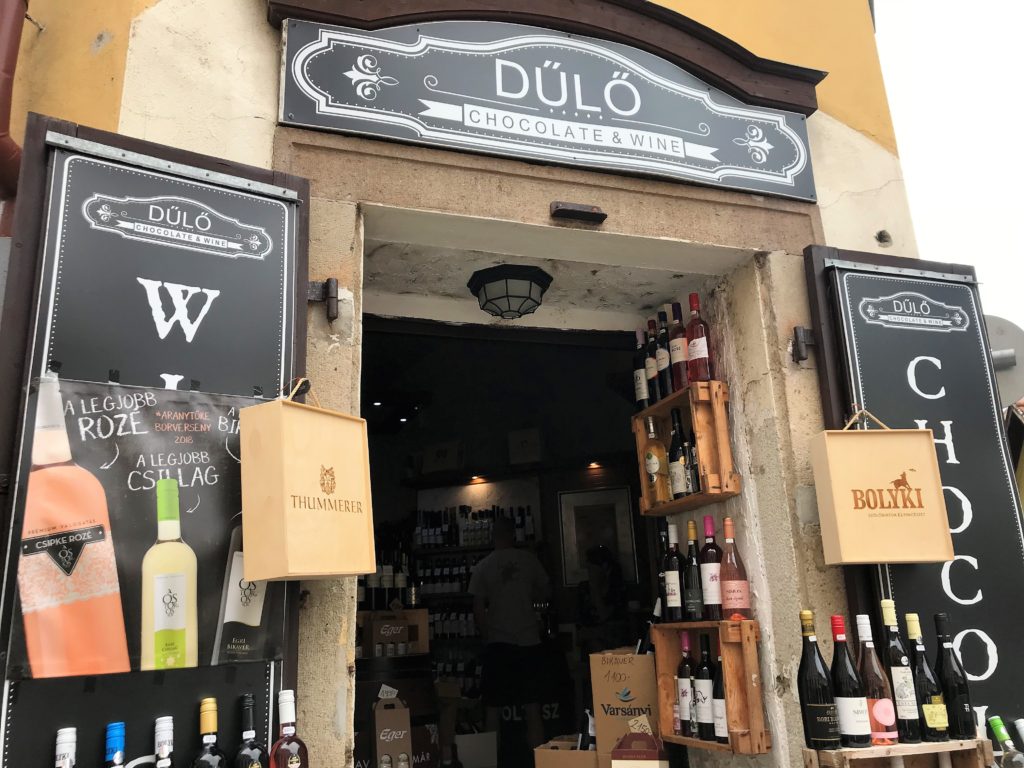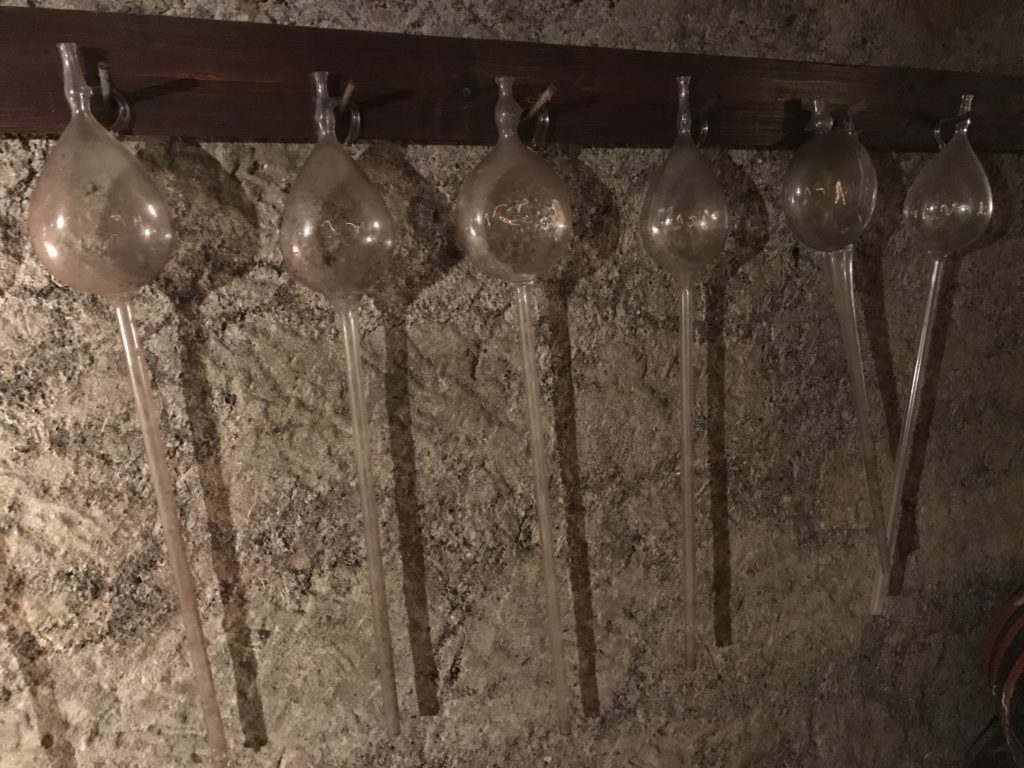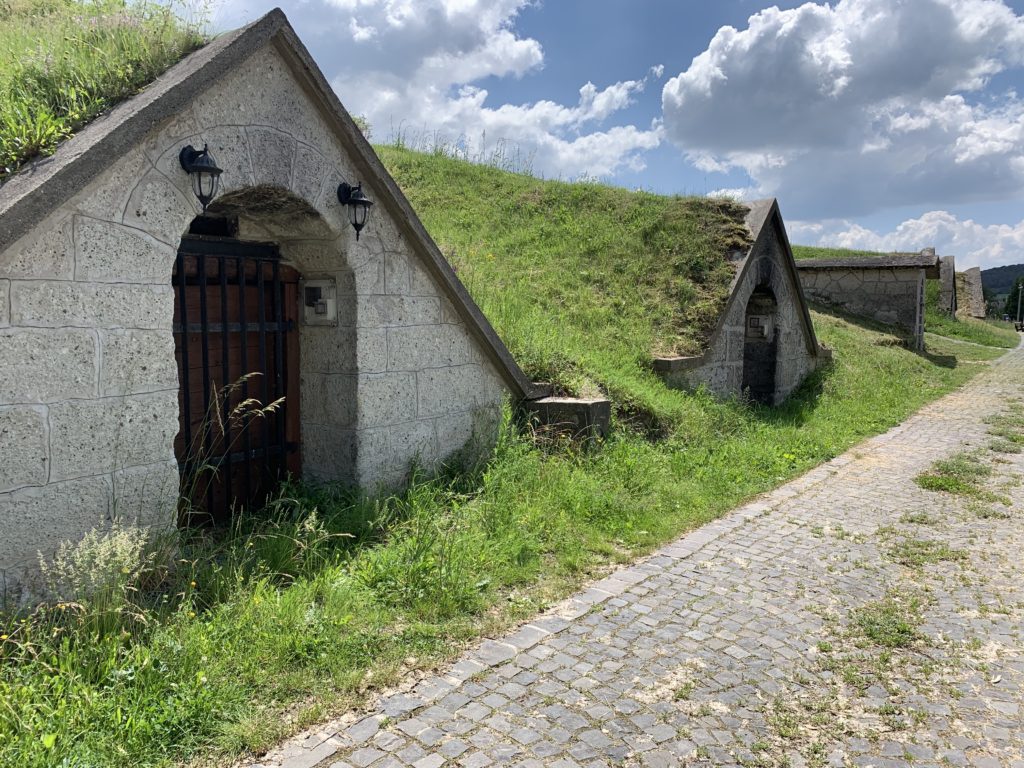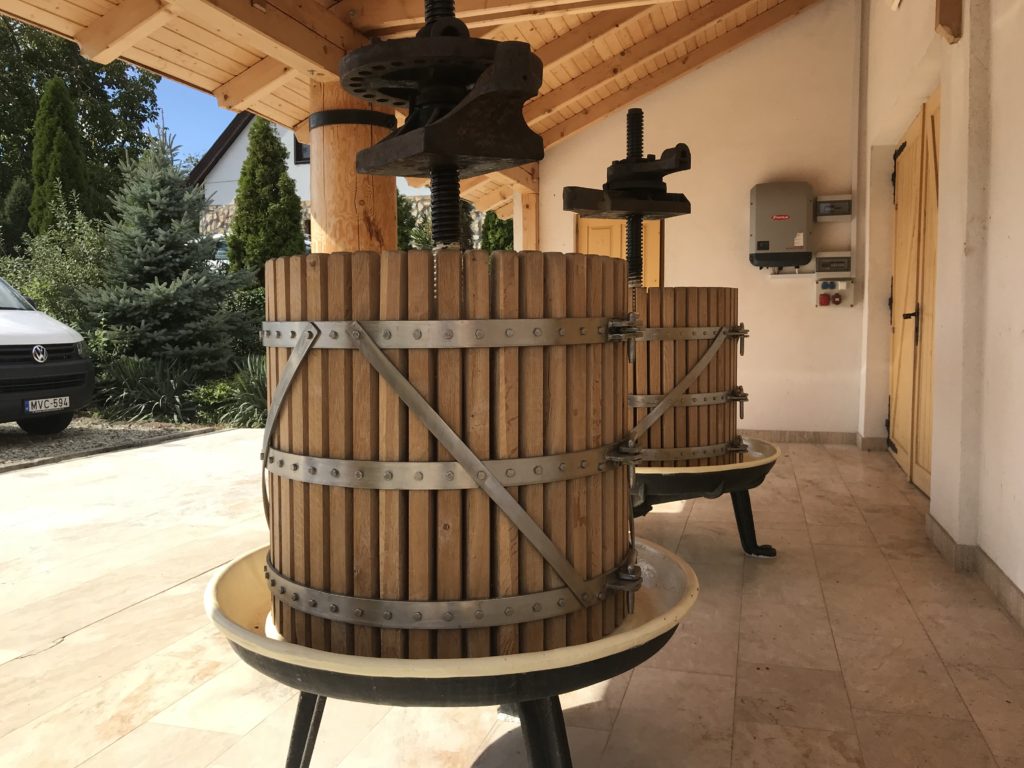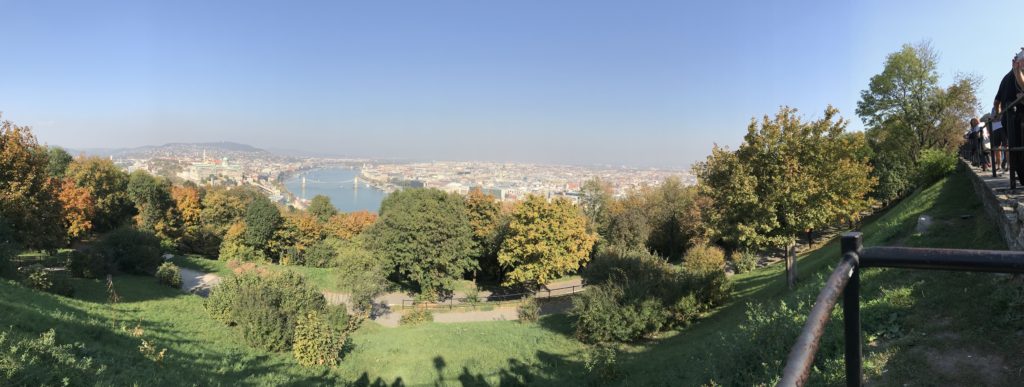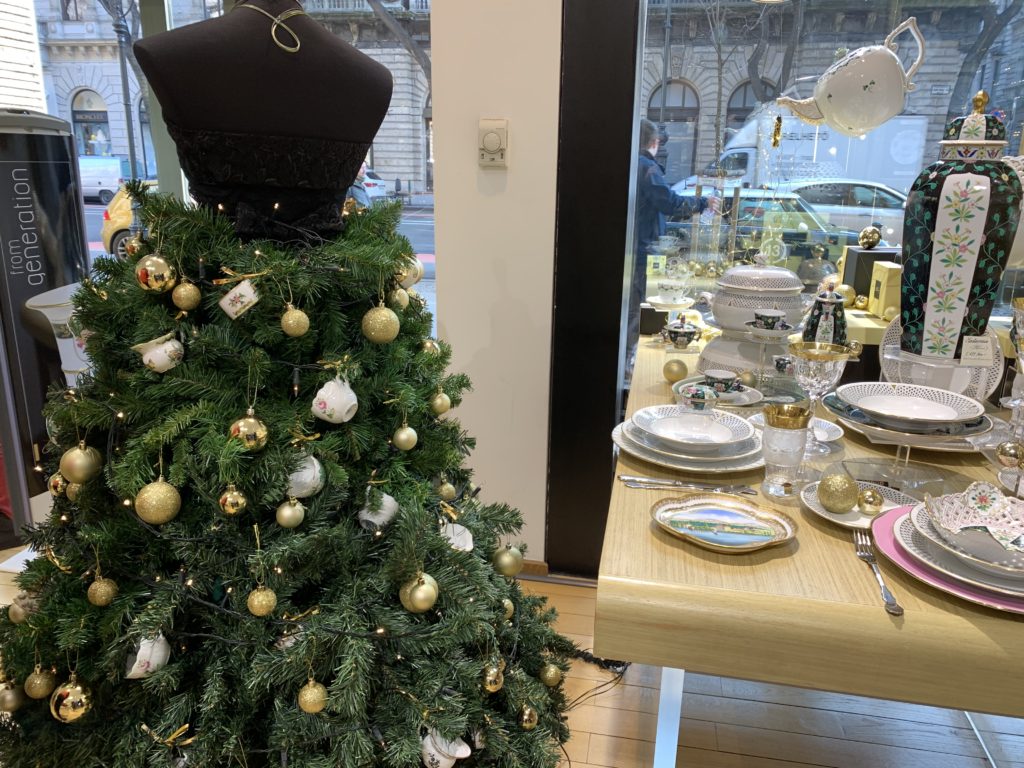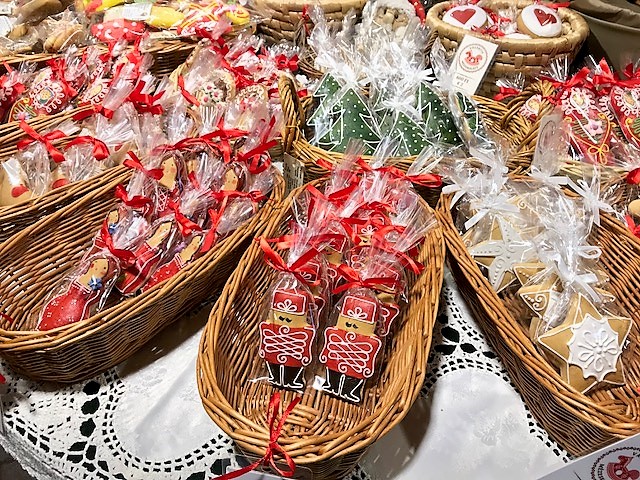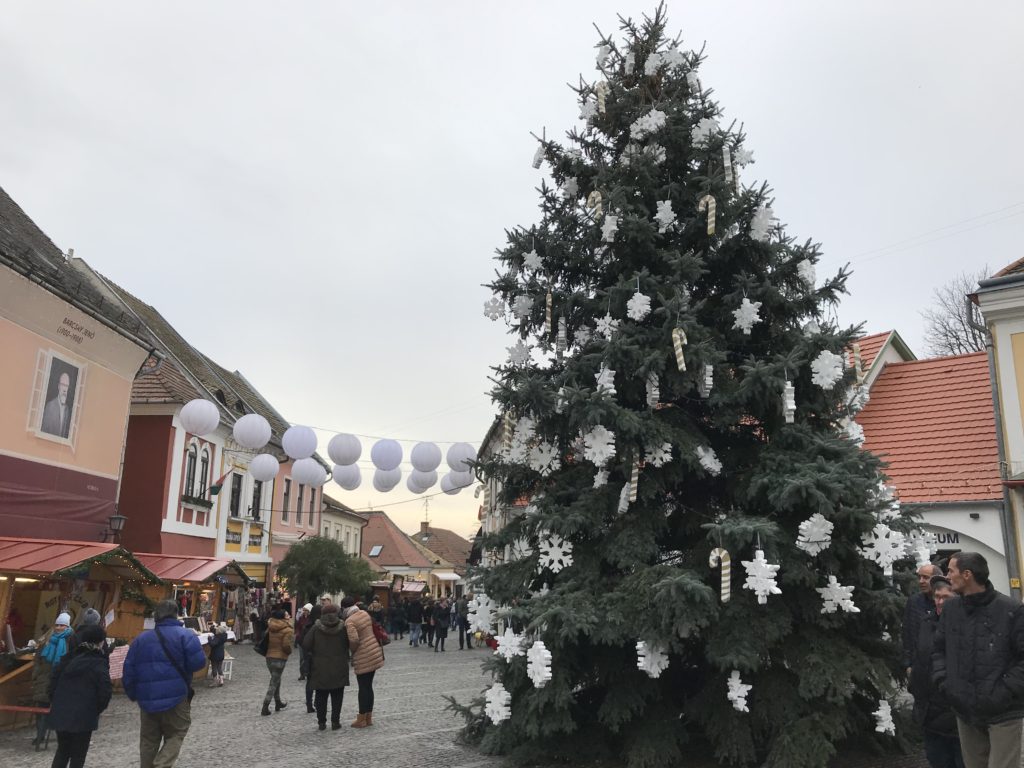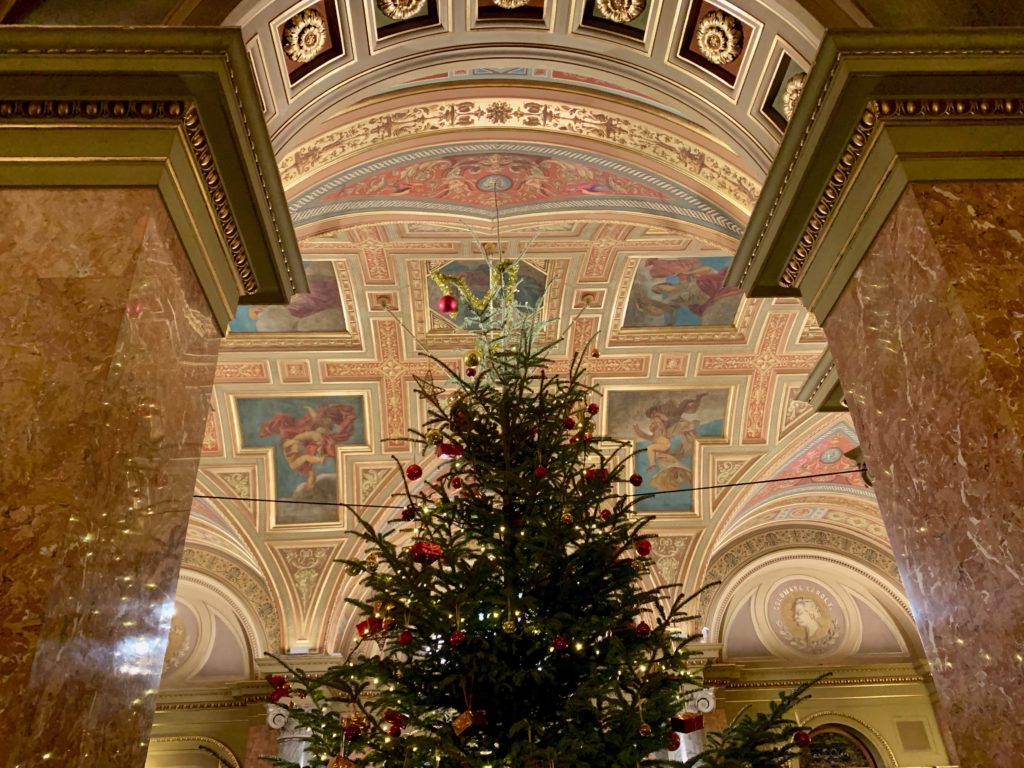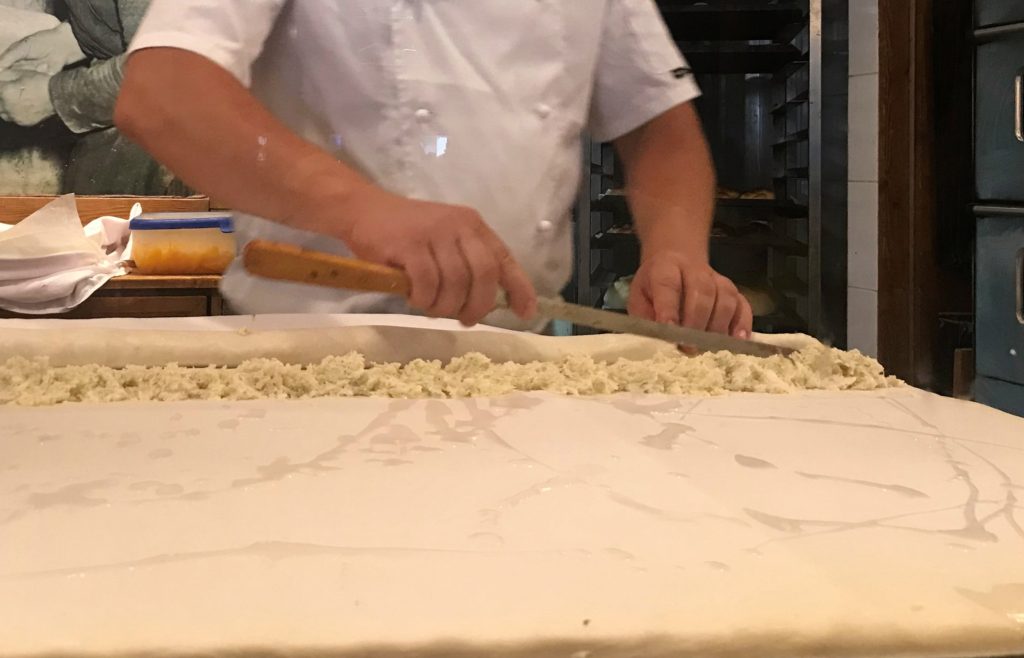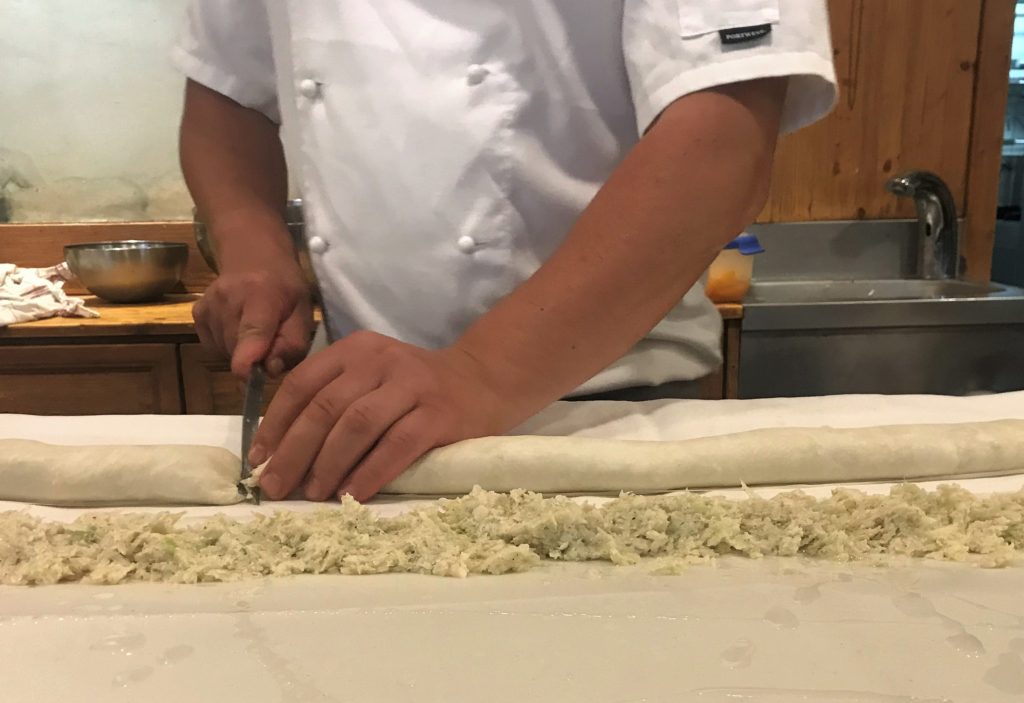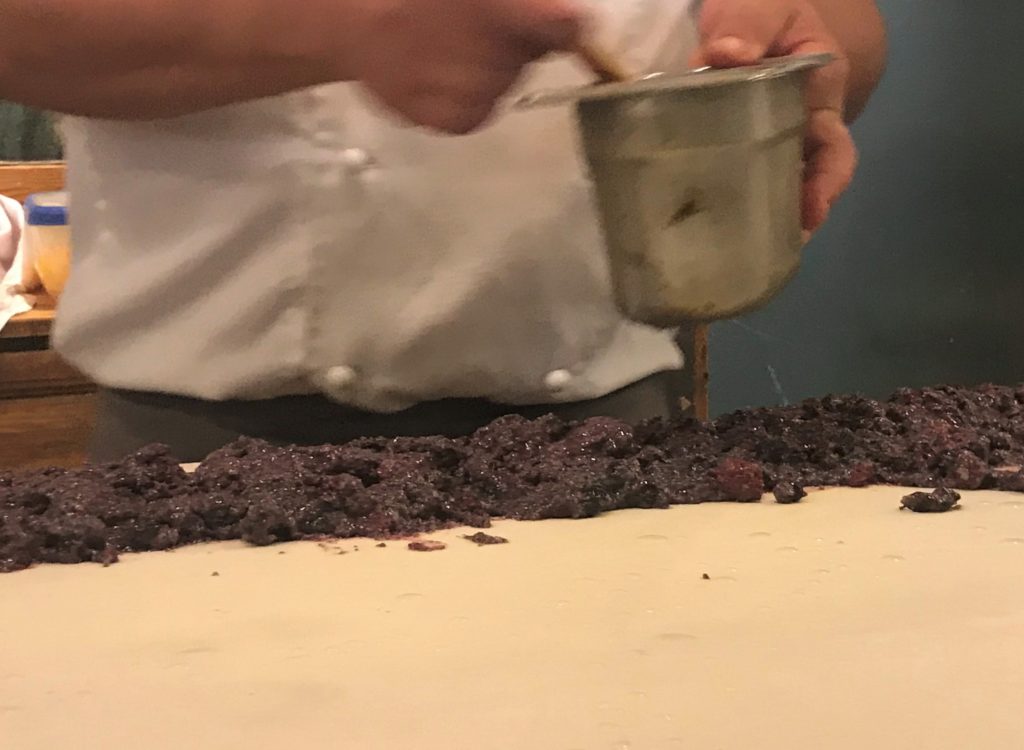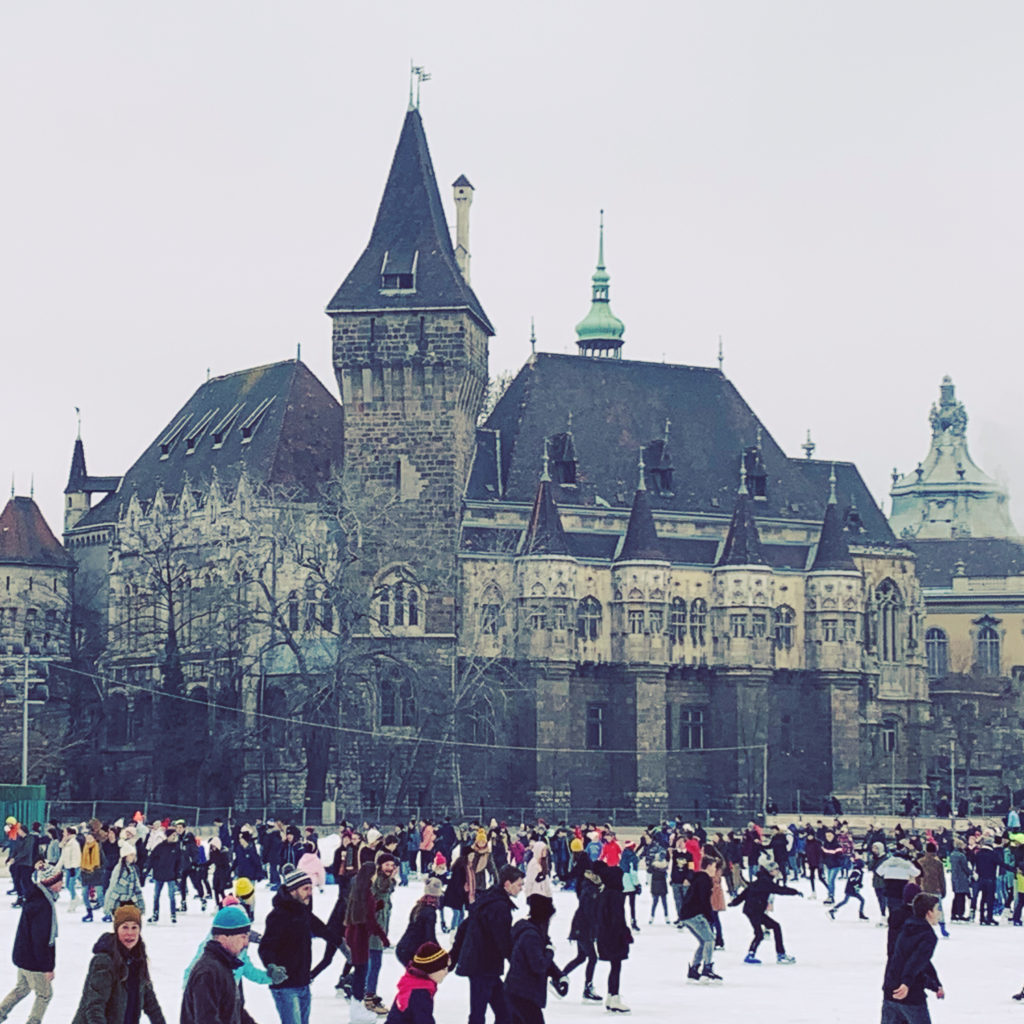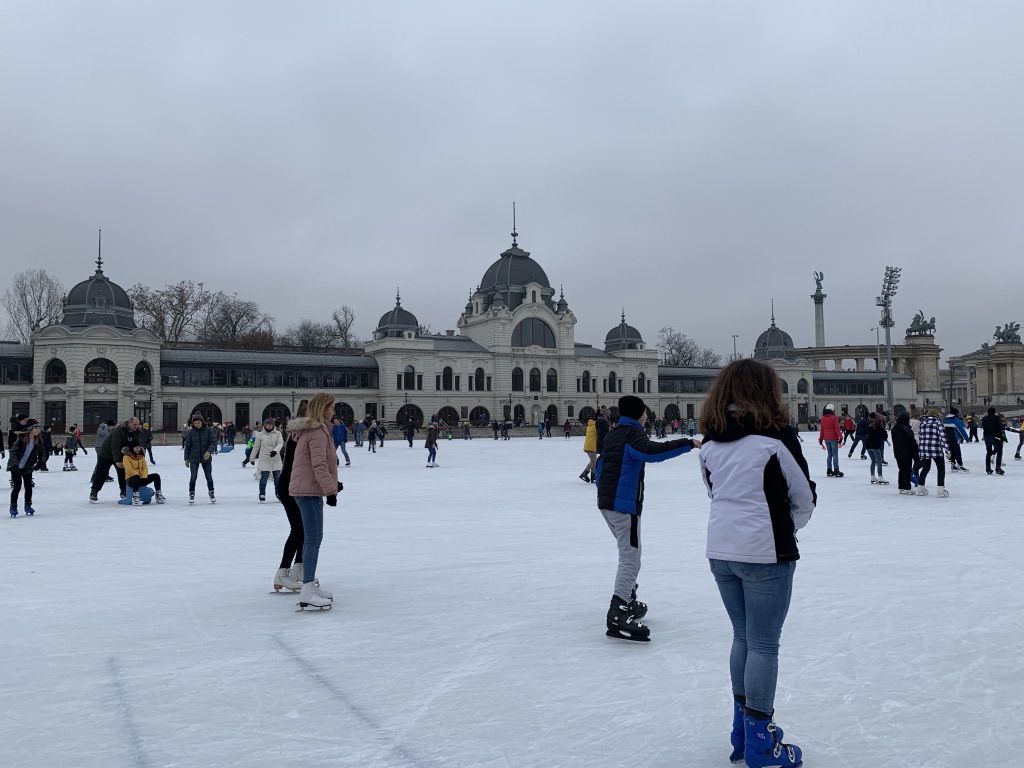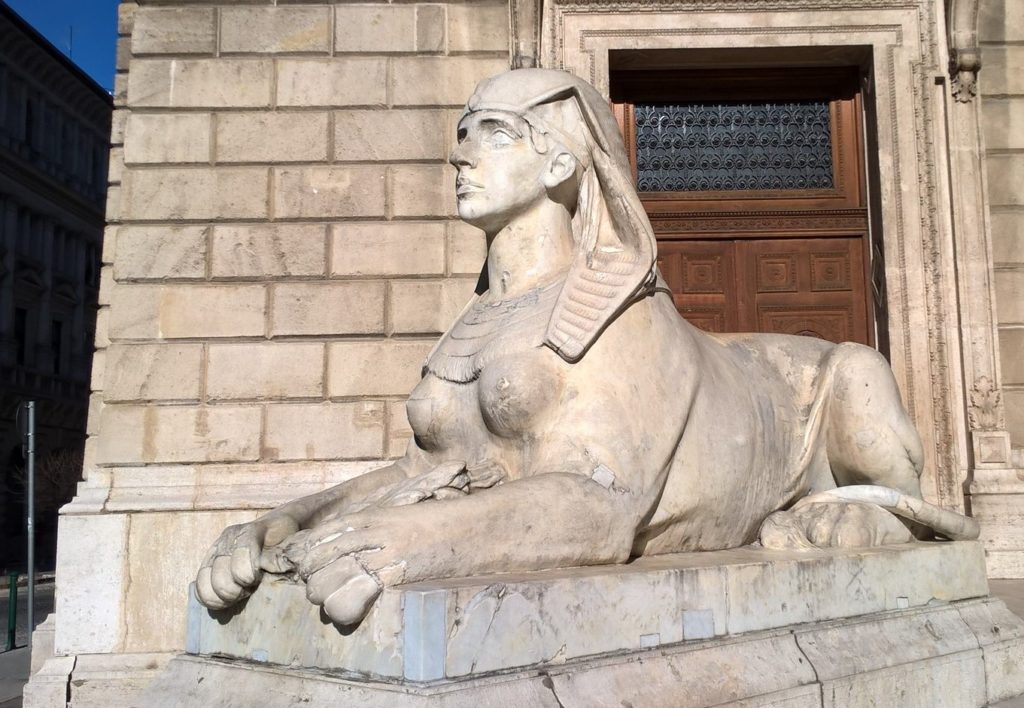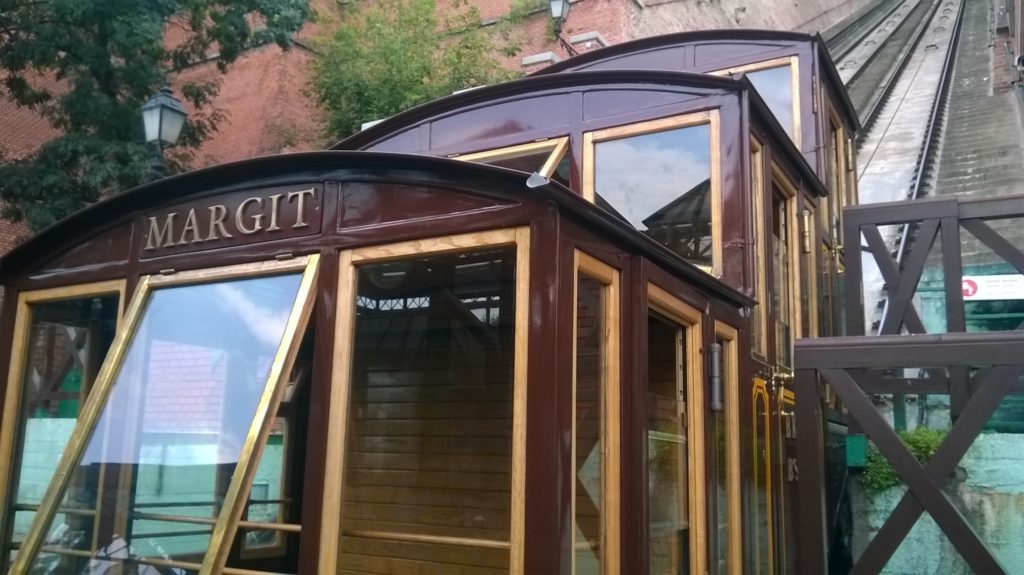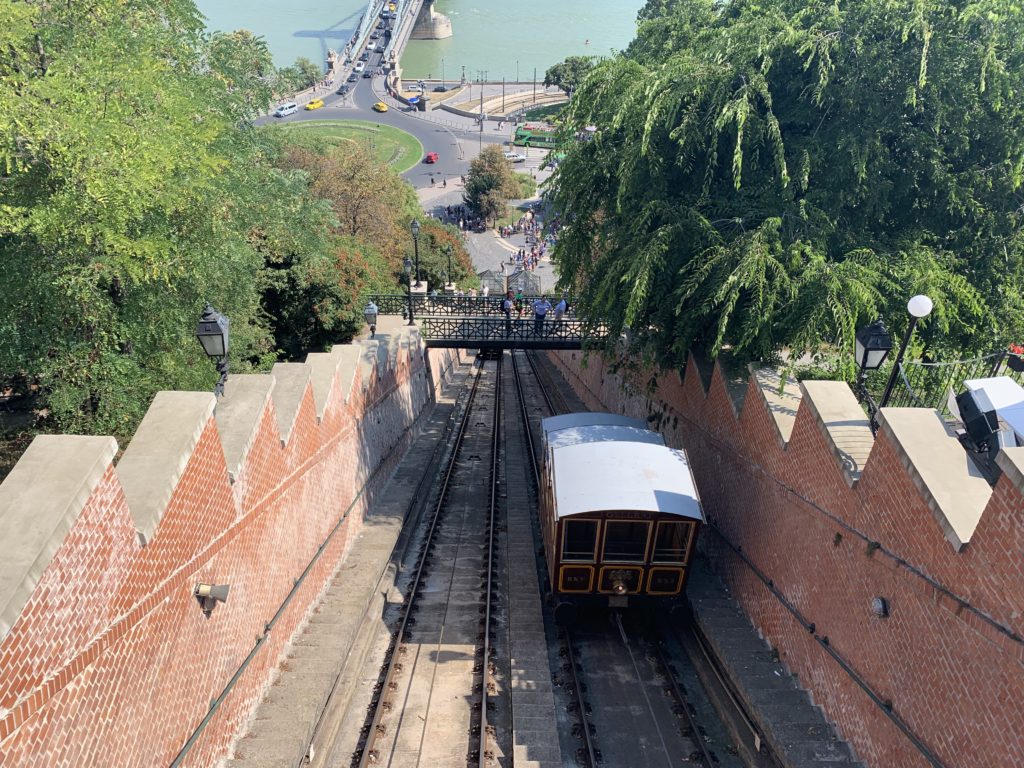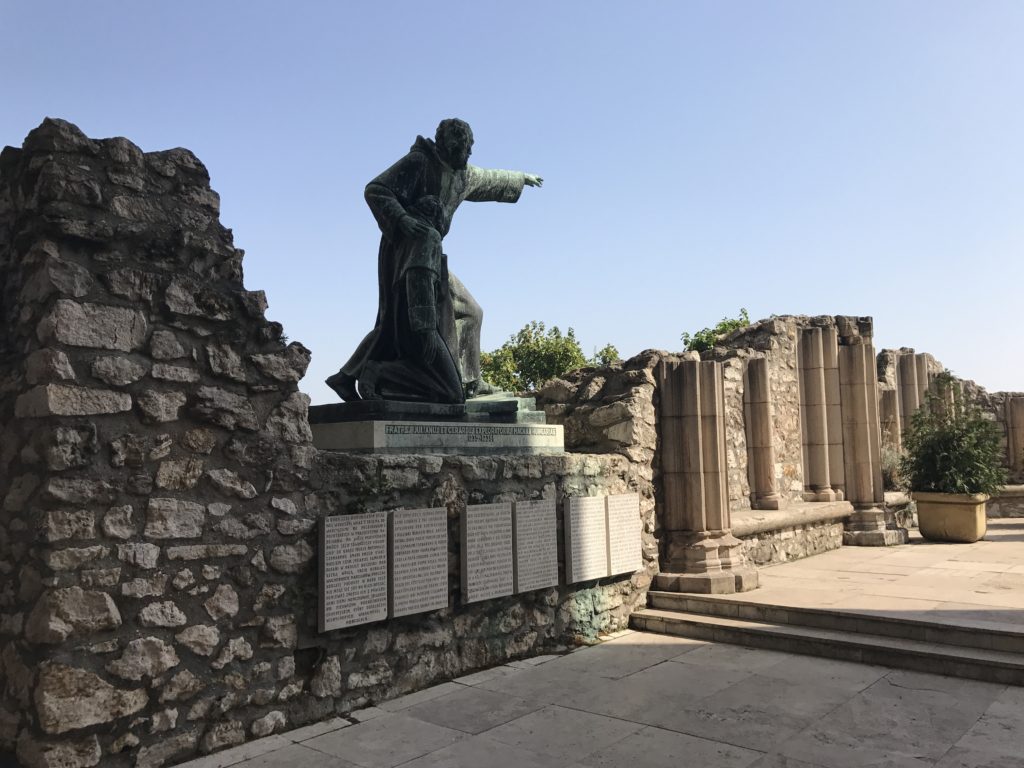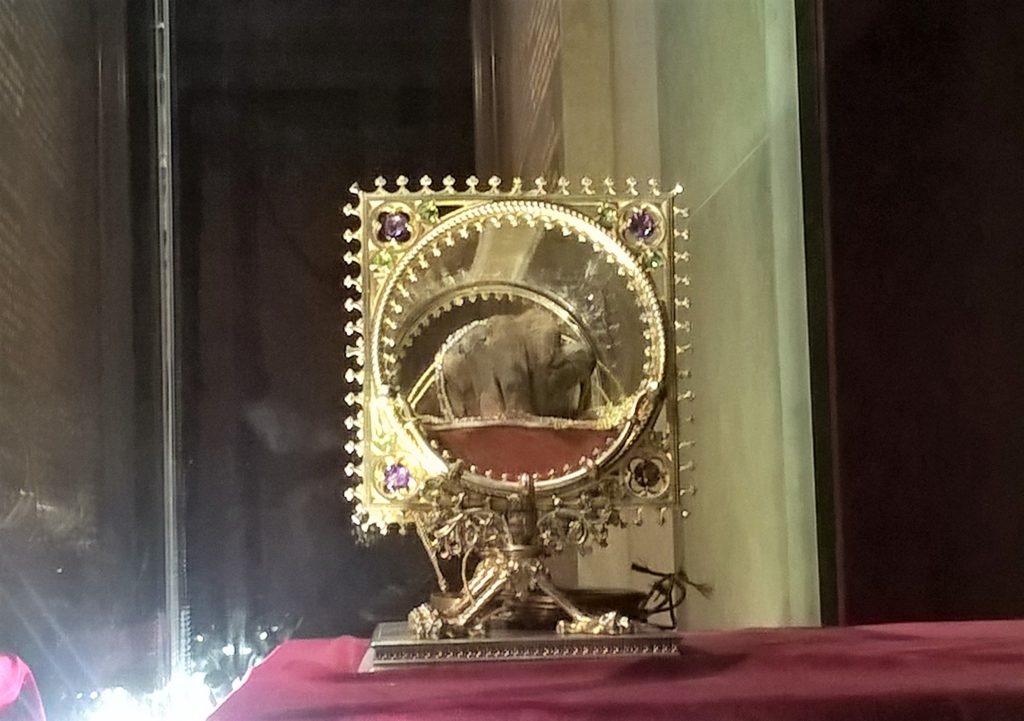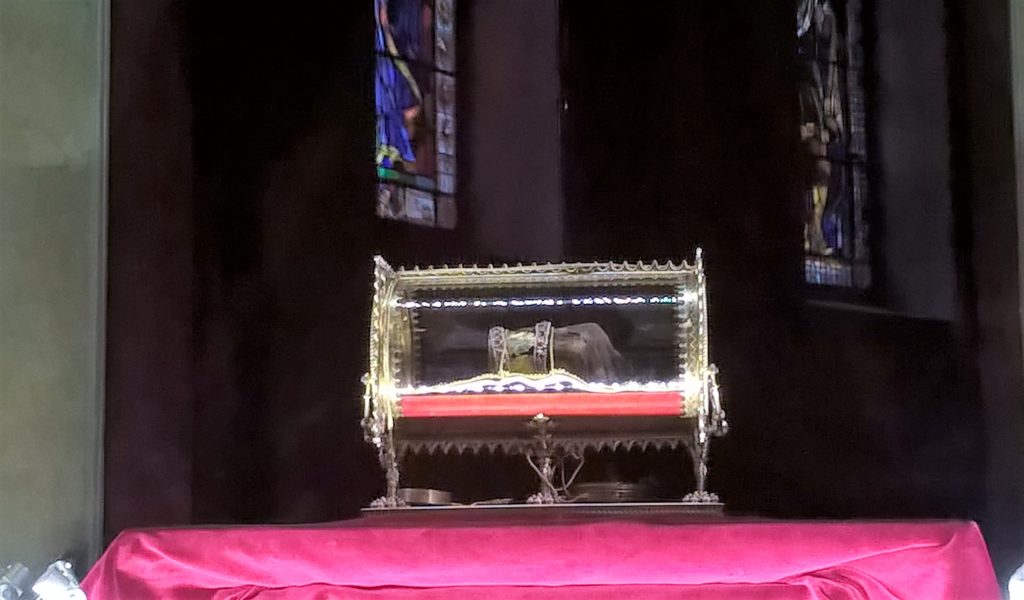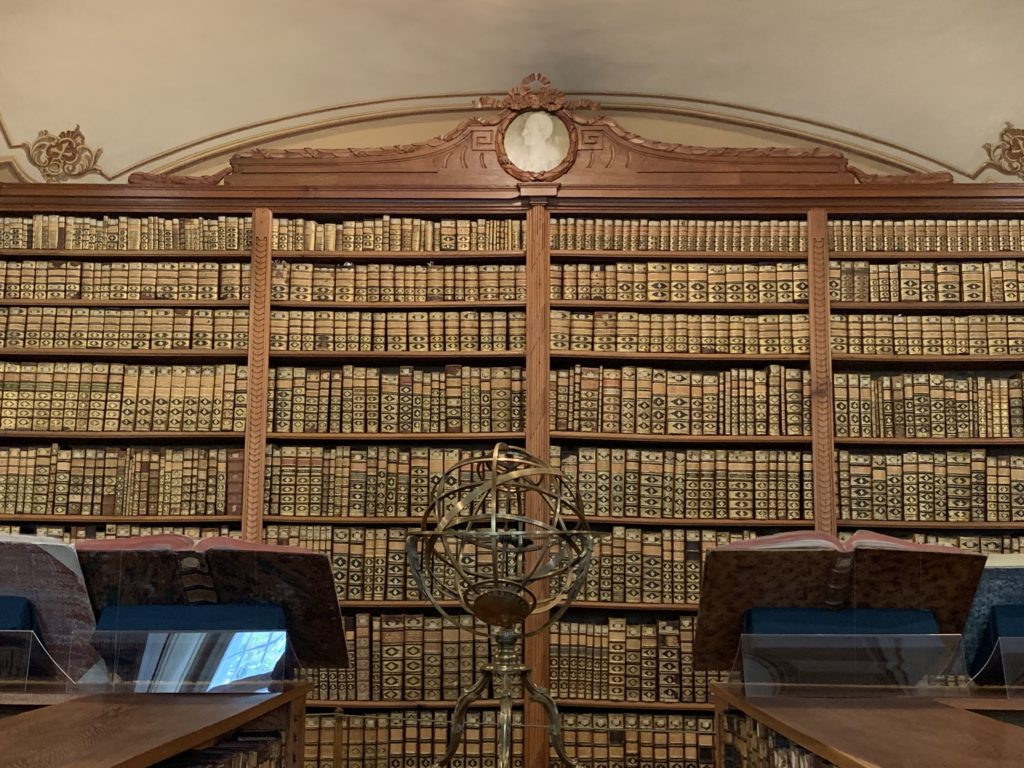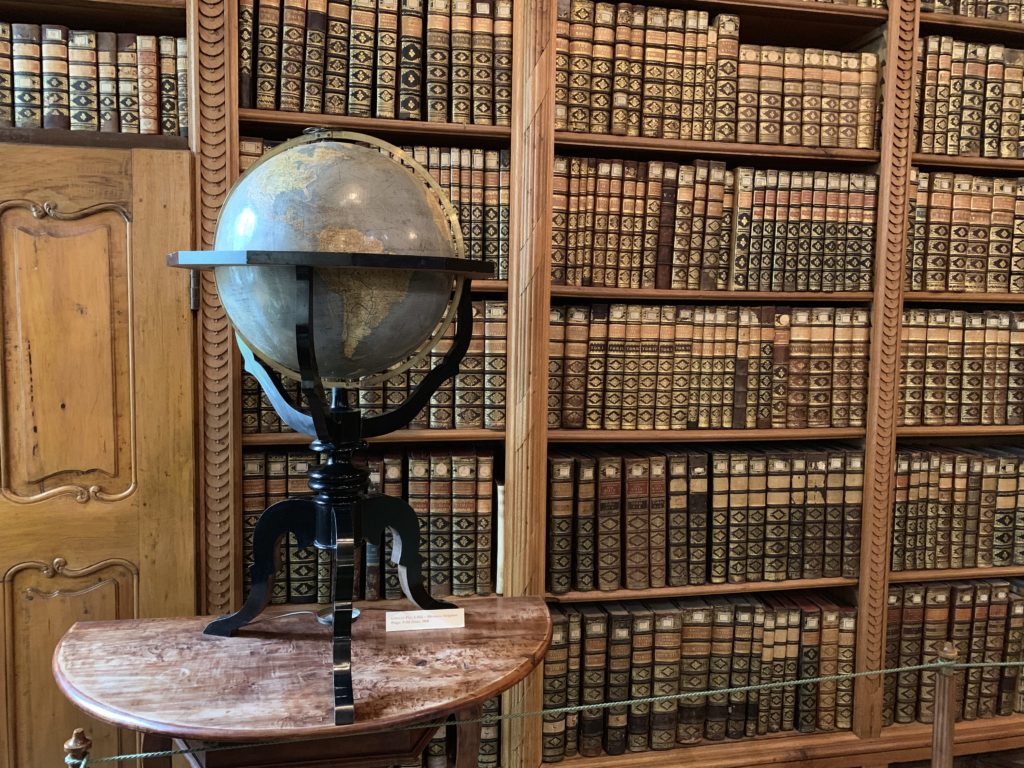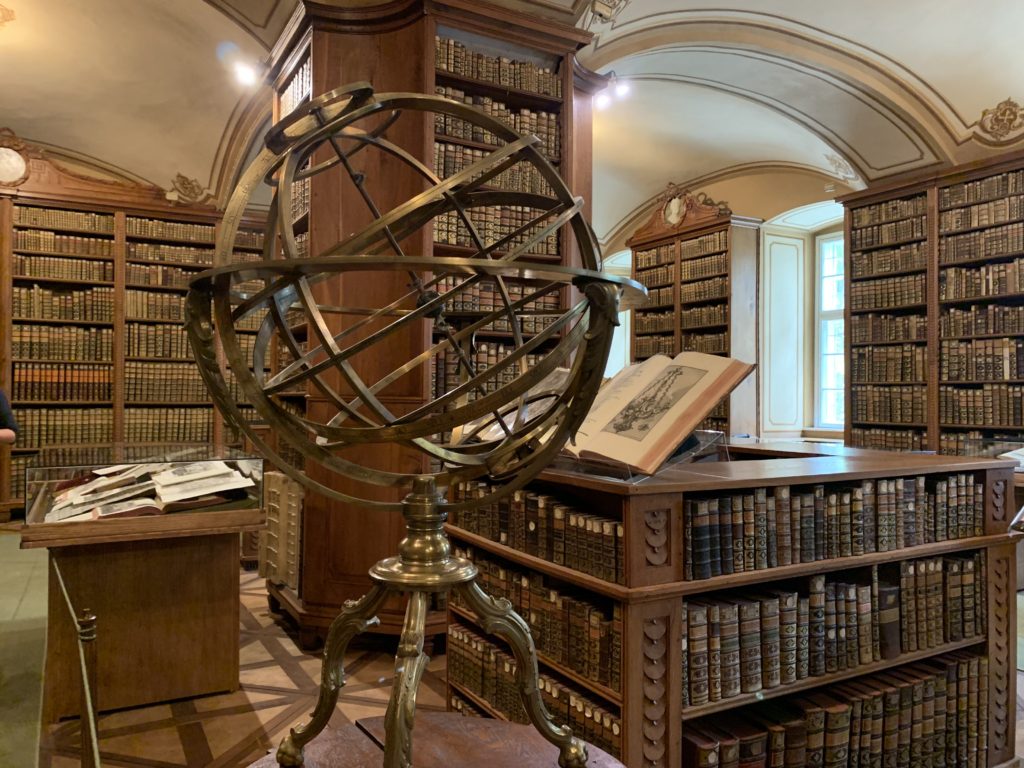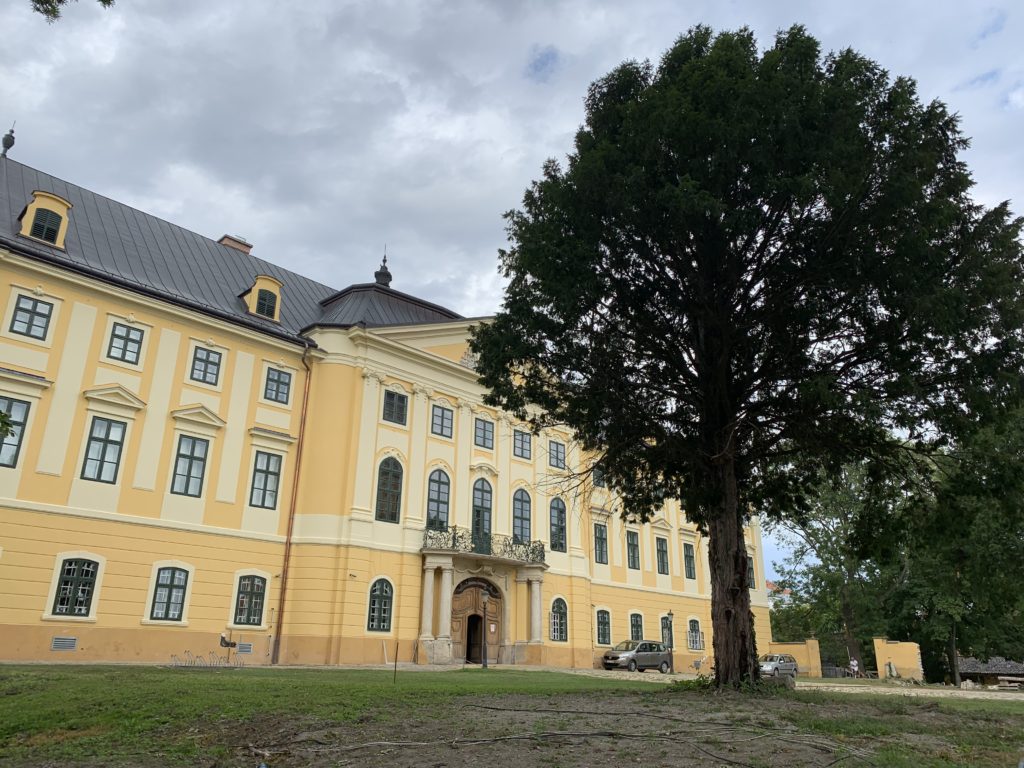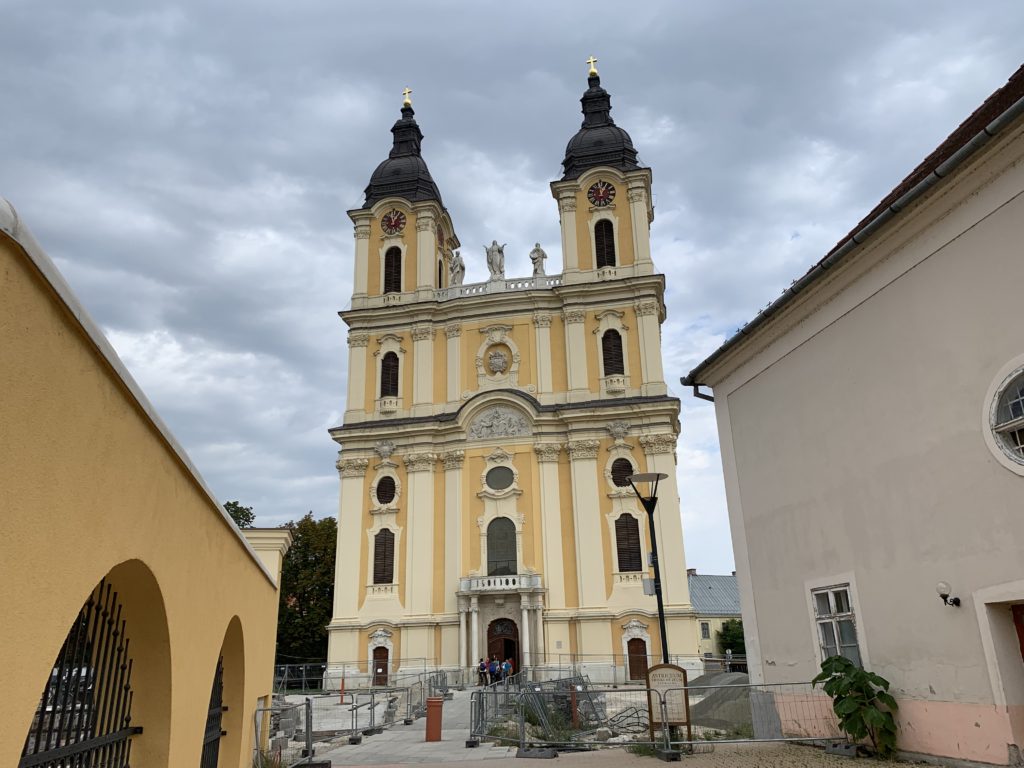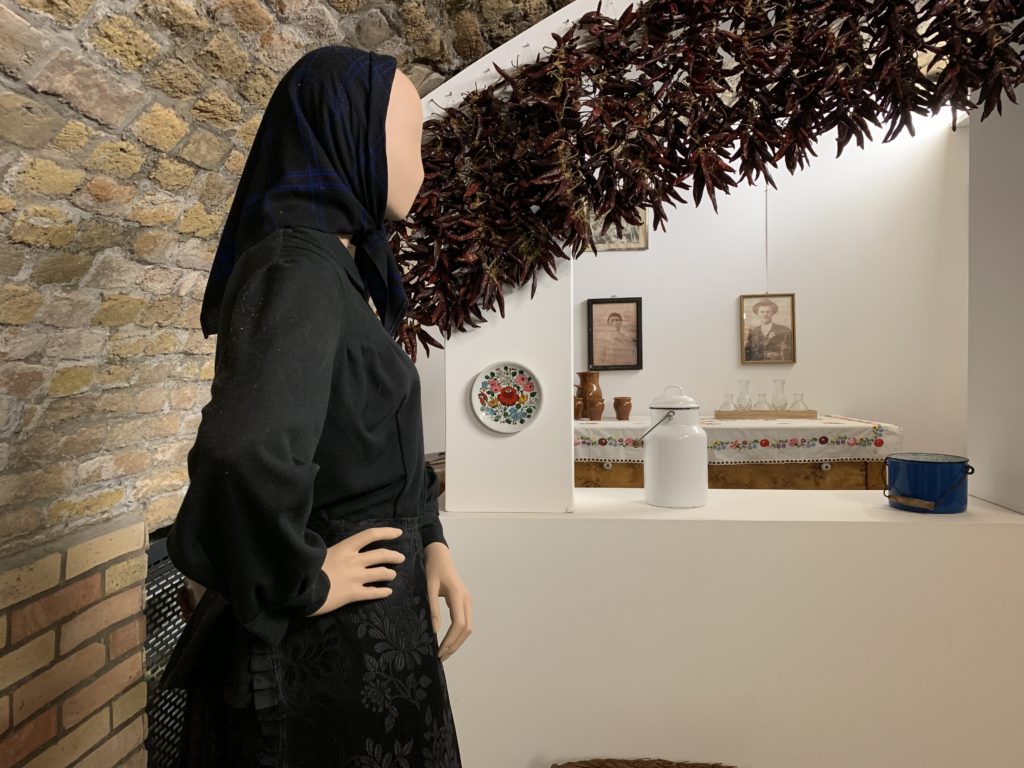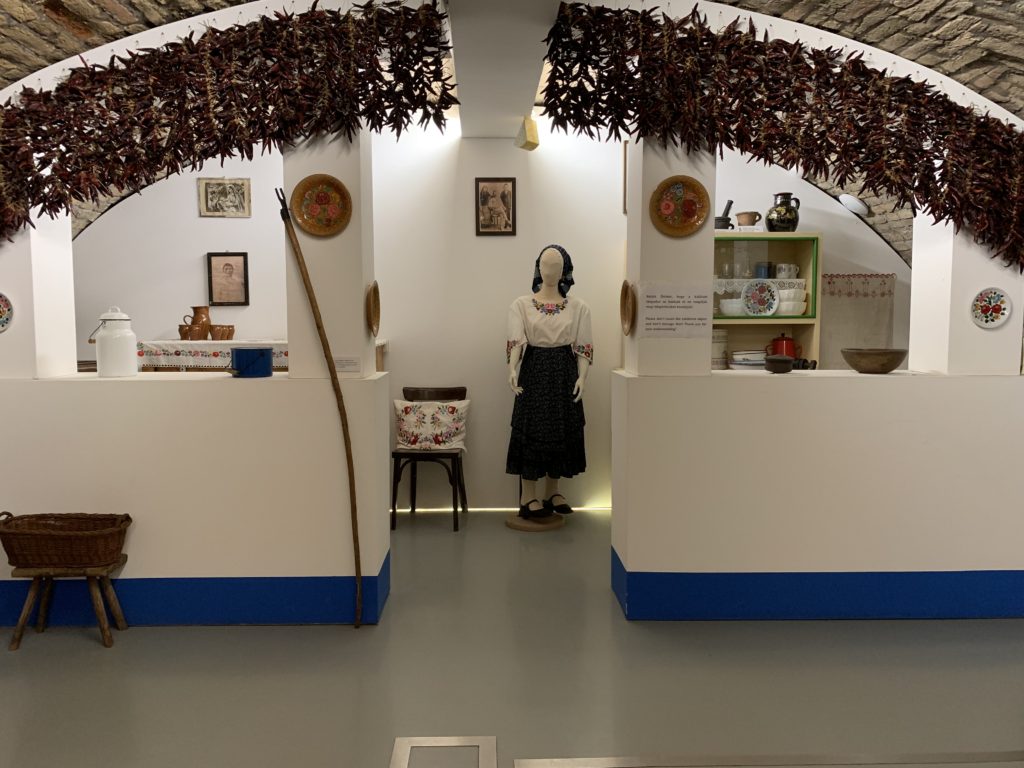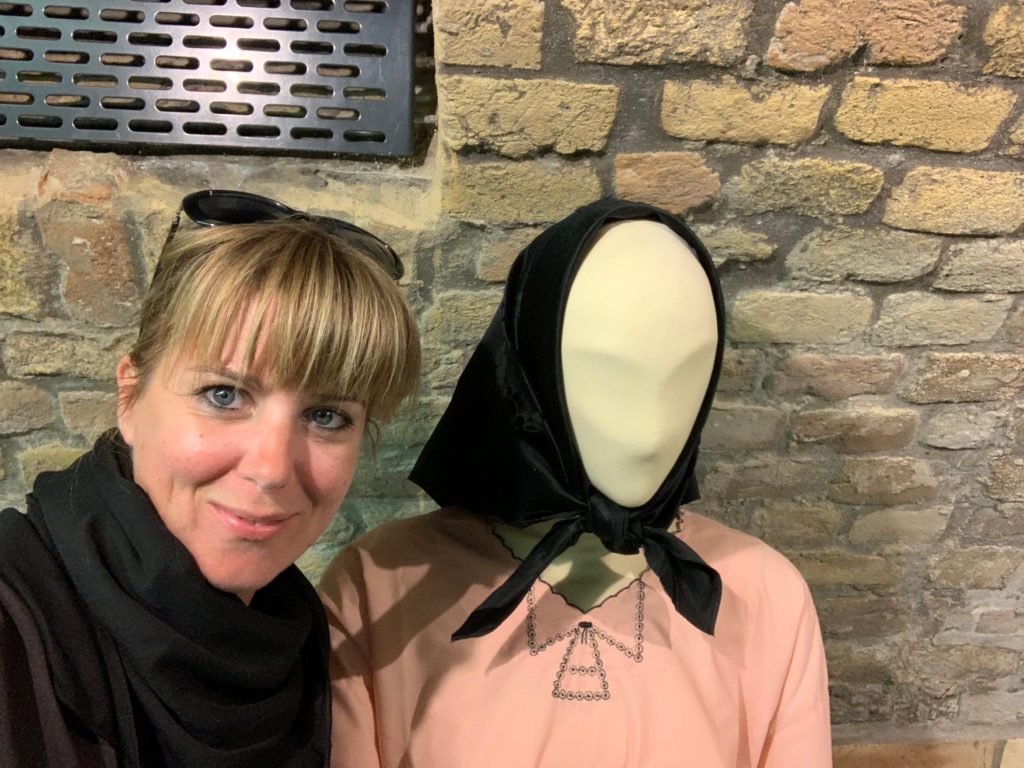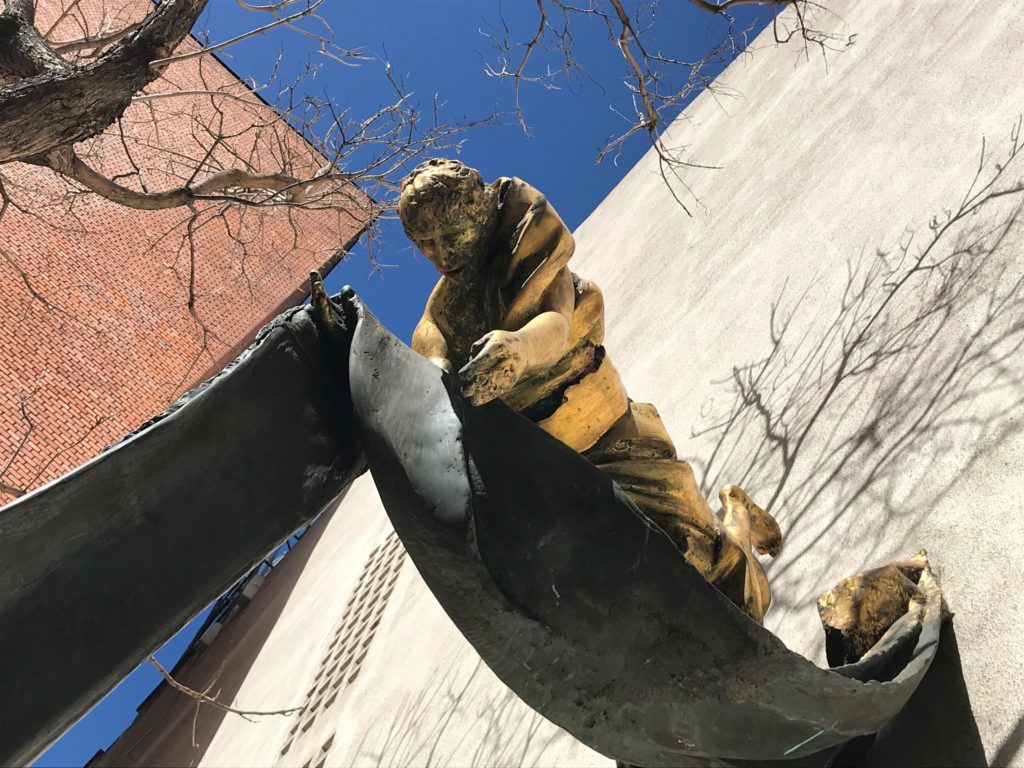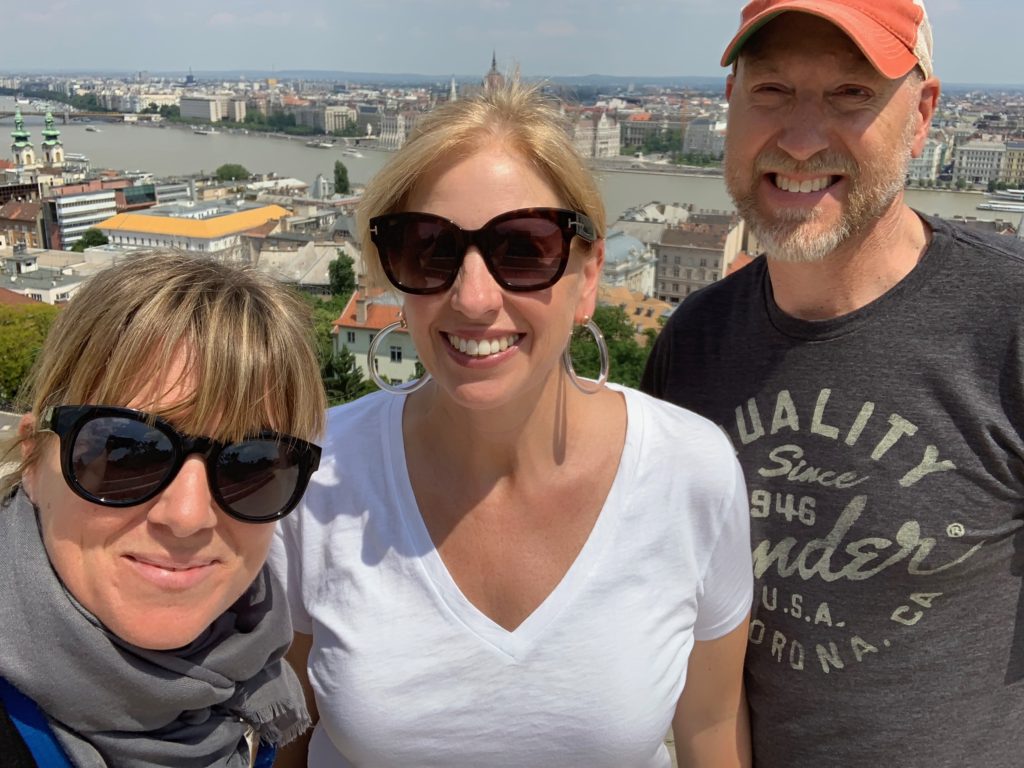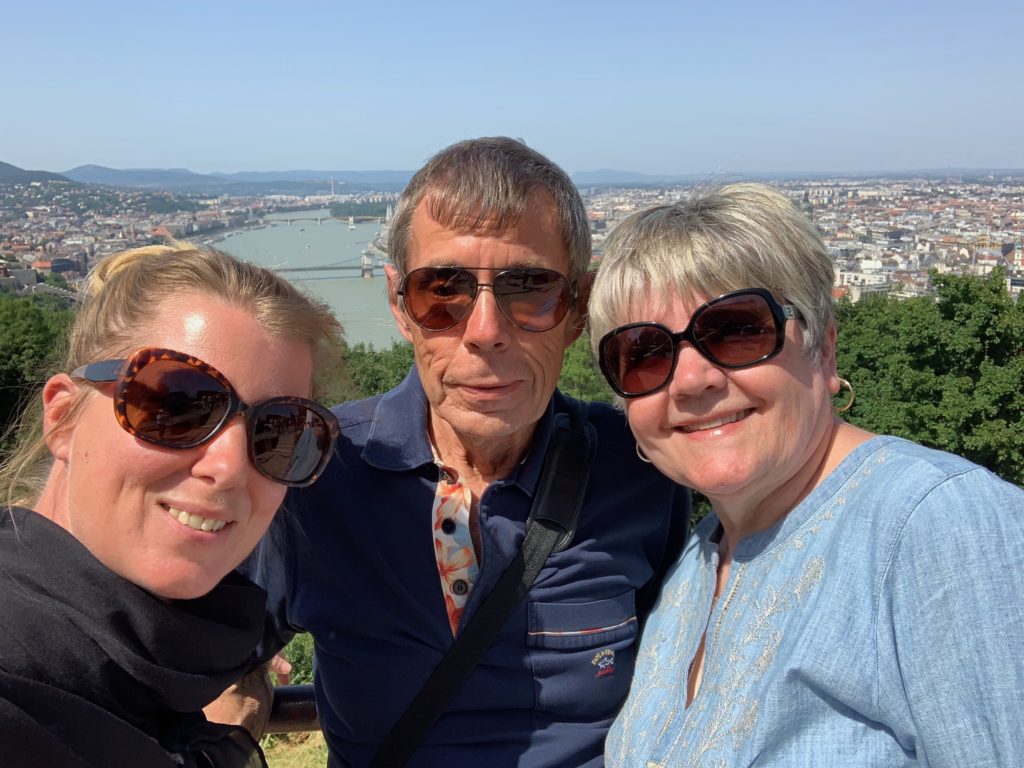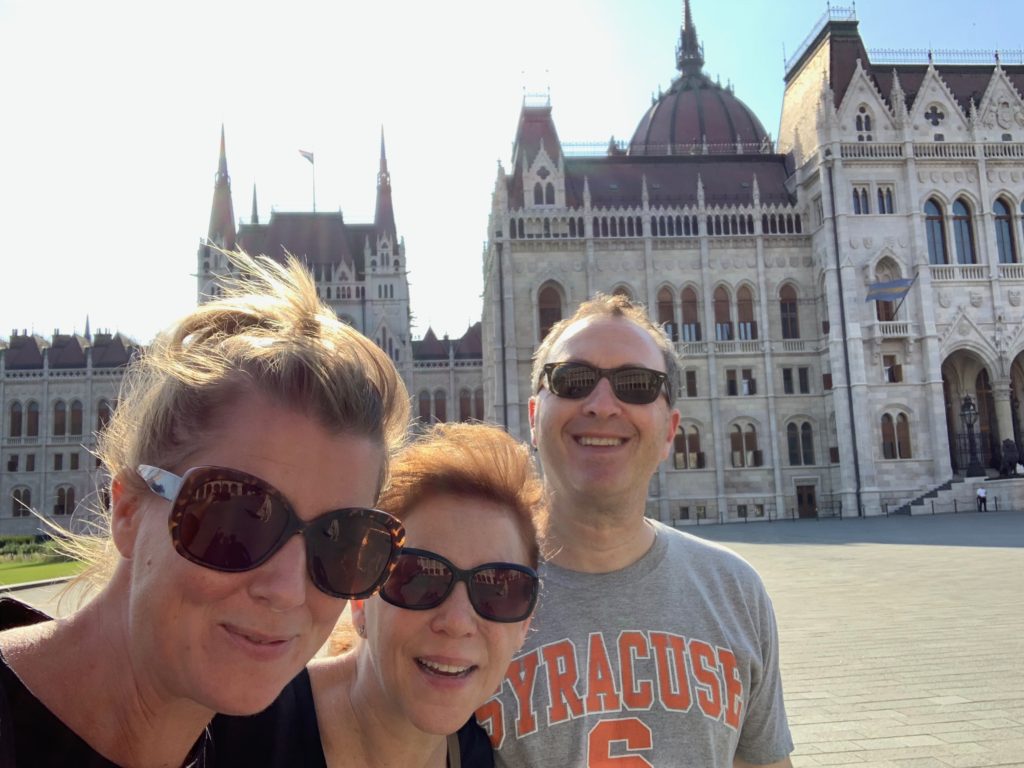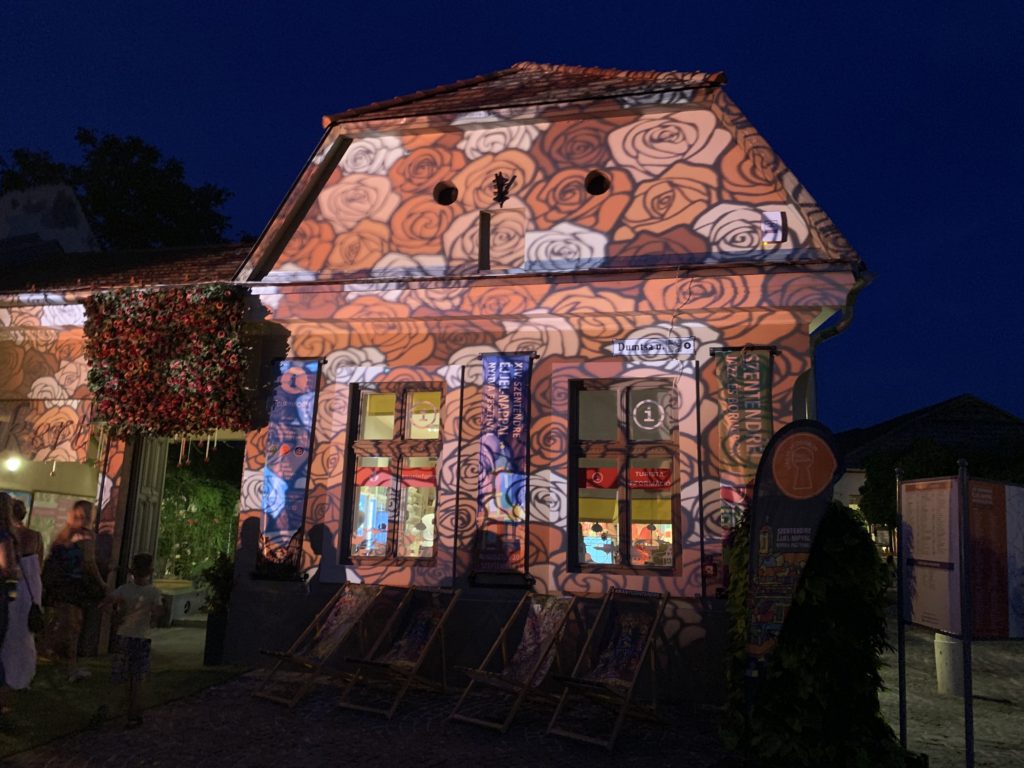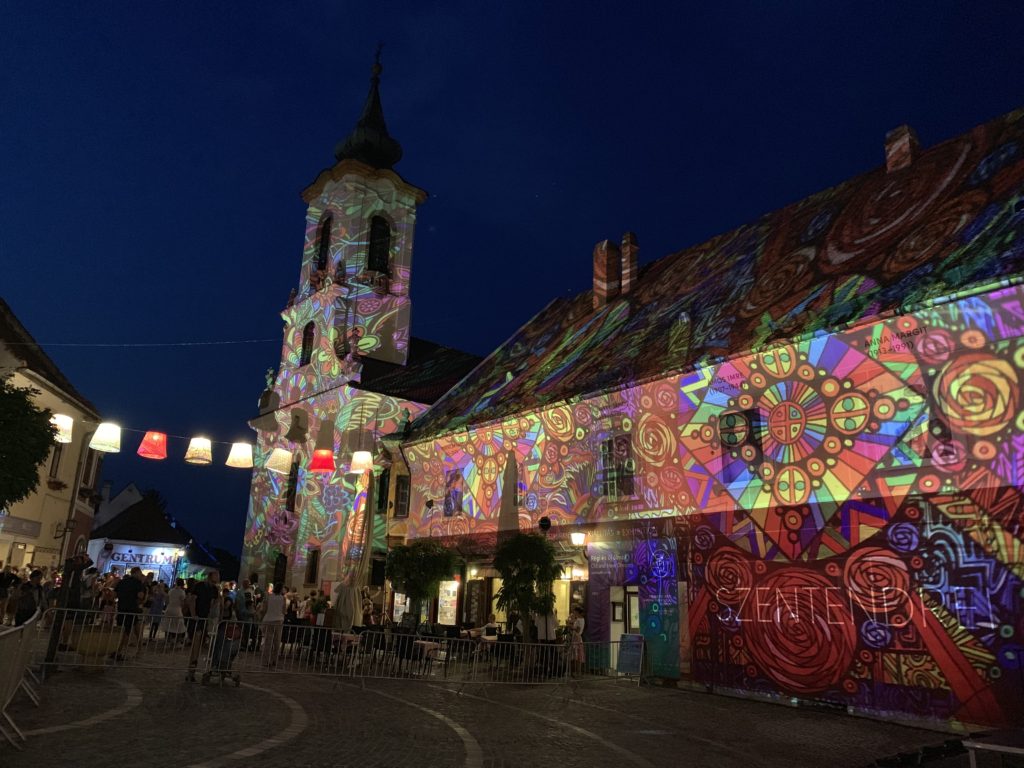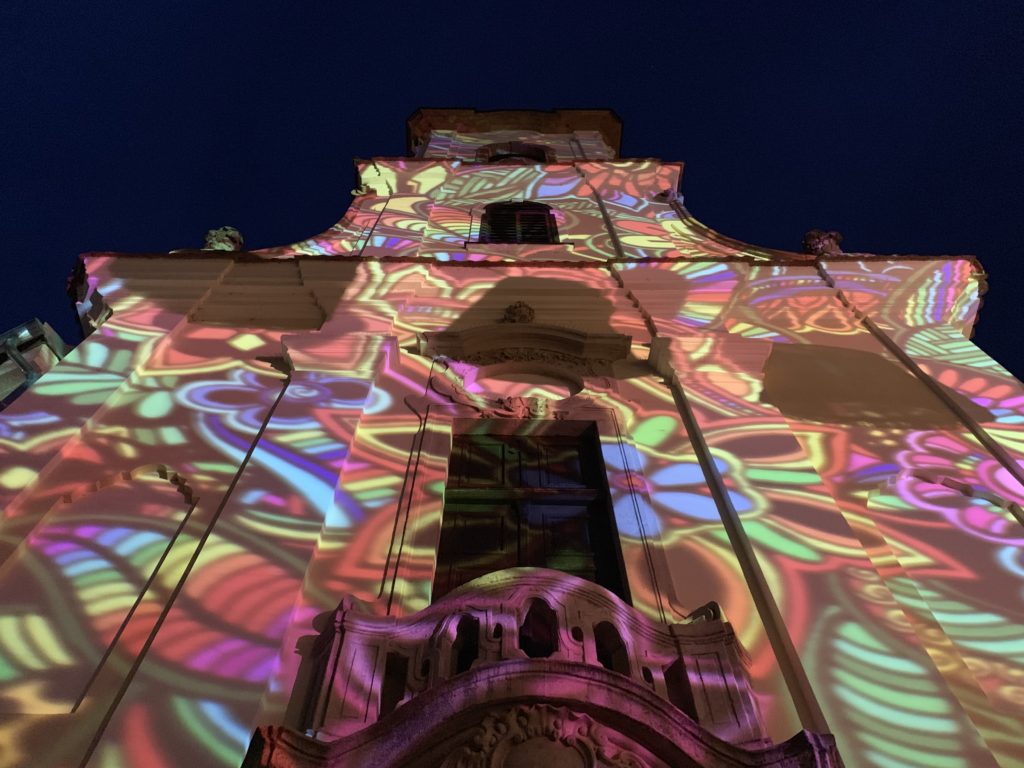With over 250 tours I delivered last year I can’t tell how fortunate I am to show my travellers around the city and the country I love the most. This is my home, my birthplace and I’m looking forward to introducing it to even more people in 2020!
I’ve just had a look at which my most popular tours were last year:
- “THE GRAND BUDAPEST” WALK: a great introduction of Budapest to first time visitors or travellers who only have one day to see the main highlights and some of the hidden gems.
- JEWISH QUARTER WALK: including the visit of the world’s second largest synagogue and a walk in the ghetto which is today the Soho of Budapest with great cultural and creative vibes.
- BUDAPEST FOODIE TOUR: as I also work for a Hungarian food magazin, I’m really happy to take you to local markets and little artisan food shops and to make sure you taste all the great Hungarian treats.
- EGER AND WINE TOUR BY CAR: we love our wines and we love our wine countries, Eger, the postcard-like Baroque little town is famous for the Bull’s Blood, the great Hungarian red wine.
- A DAY IN TOKAJ WINE COUNTRY: another day trip, another tour to a beautiful wine region. I love Tokaj and the Tokaj wines and I hope that my travellers who picked this tour in 2019 loved it just as much as I did.
